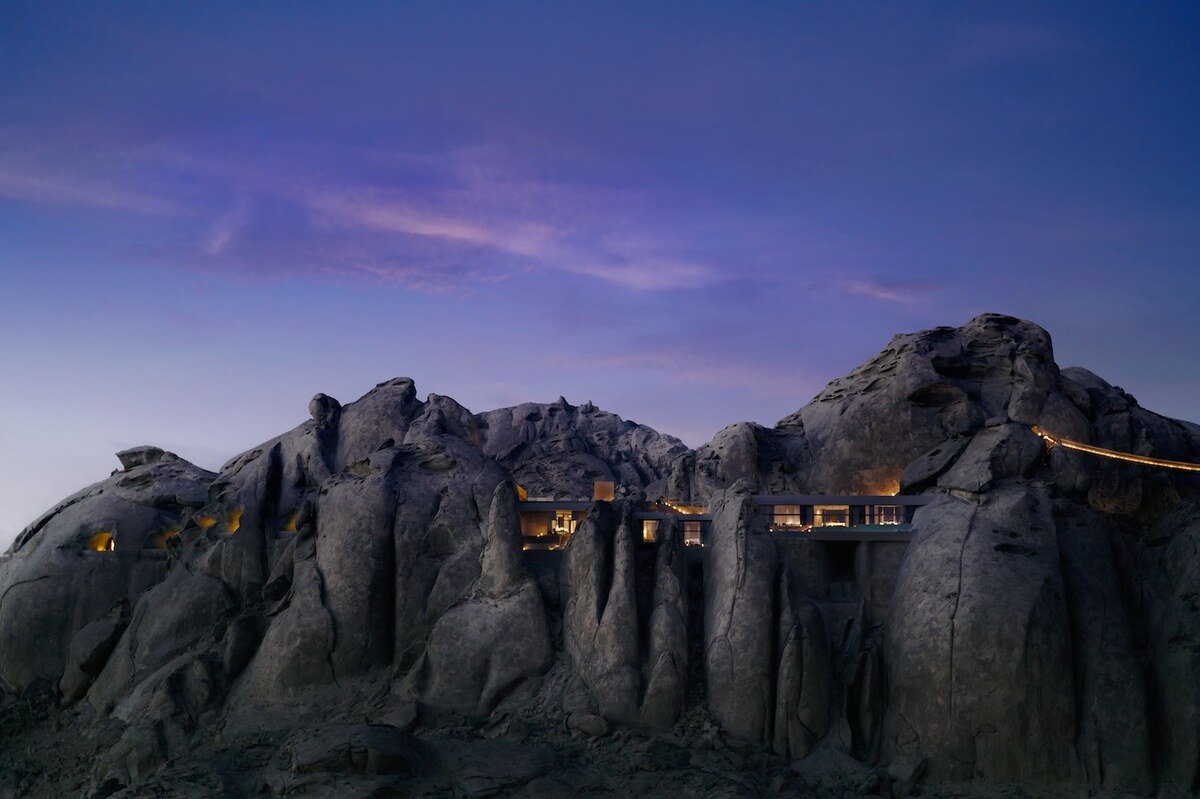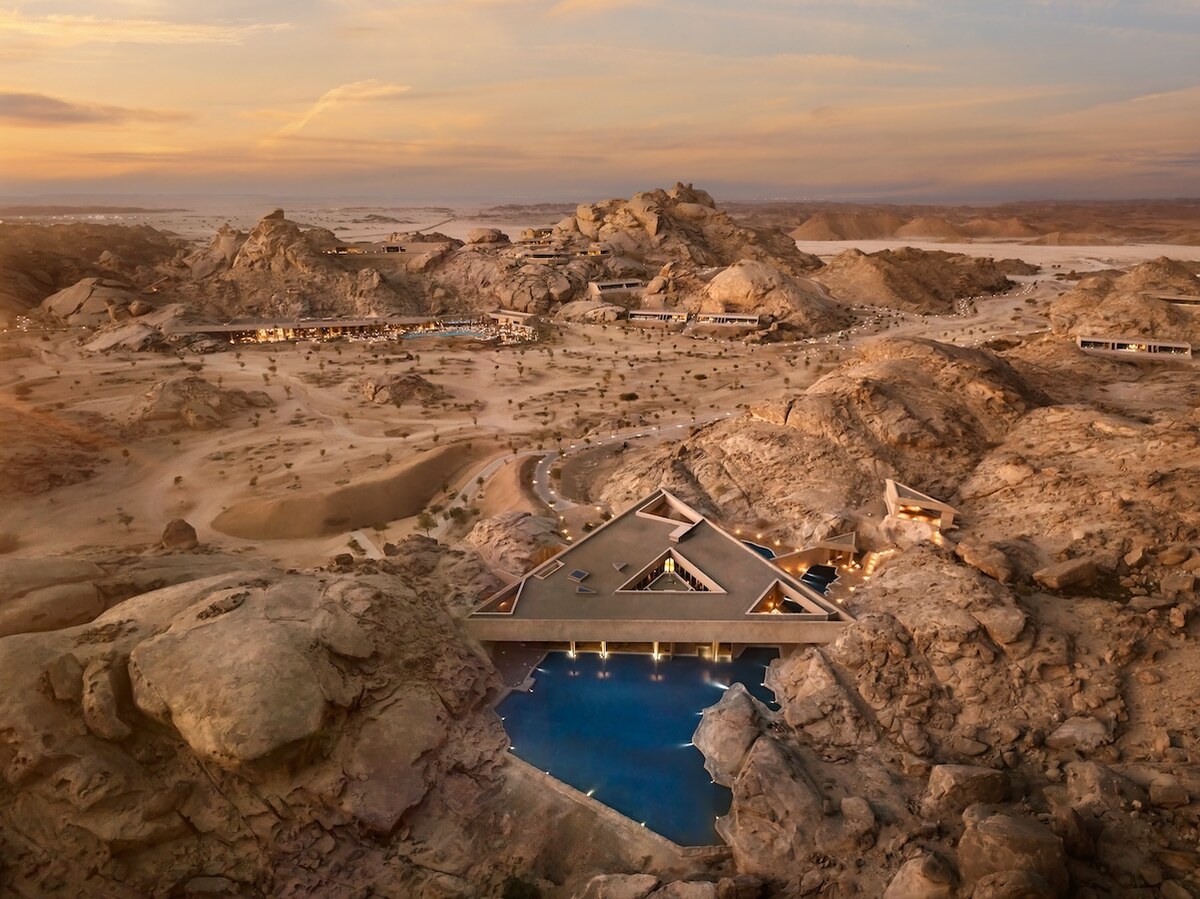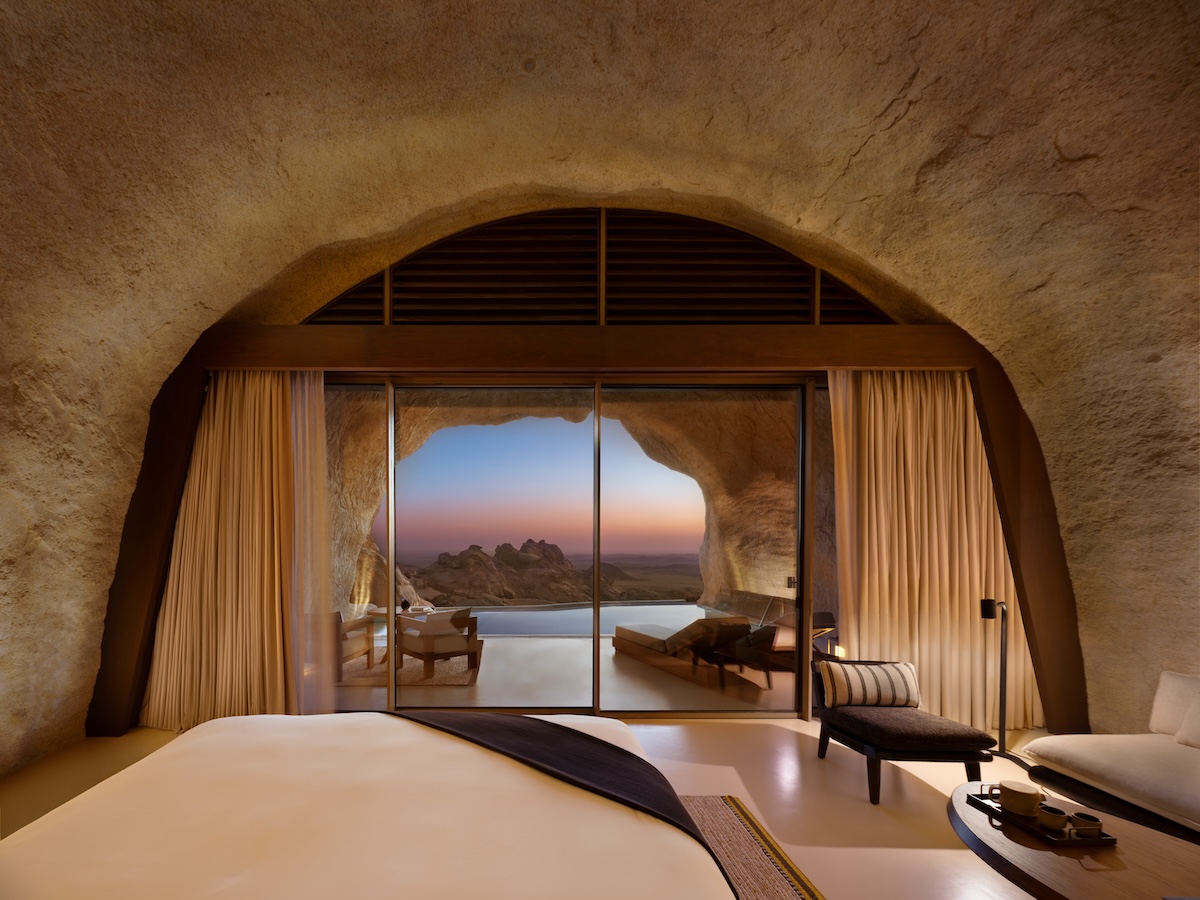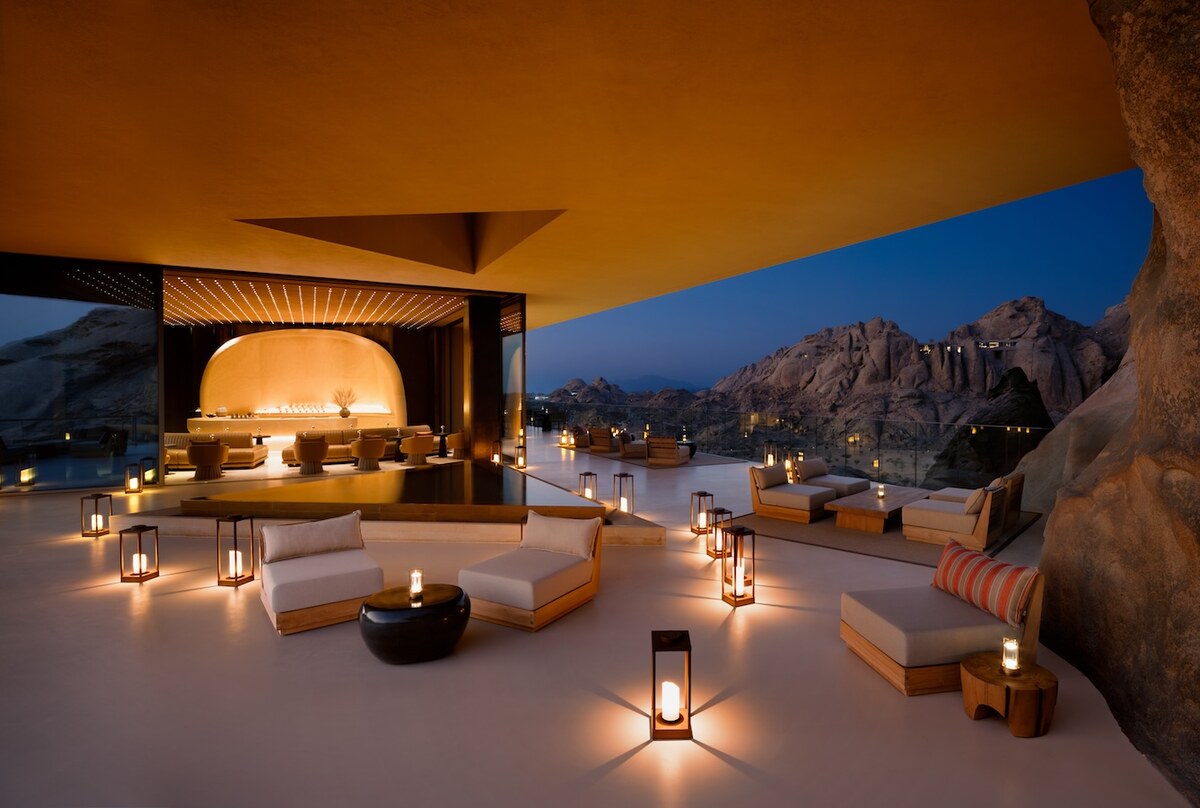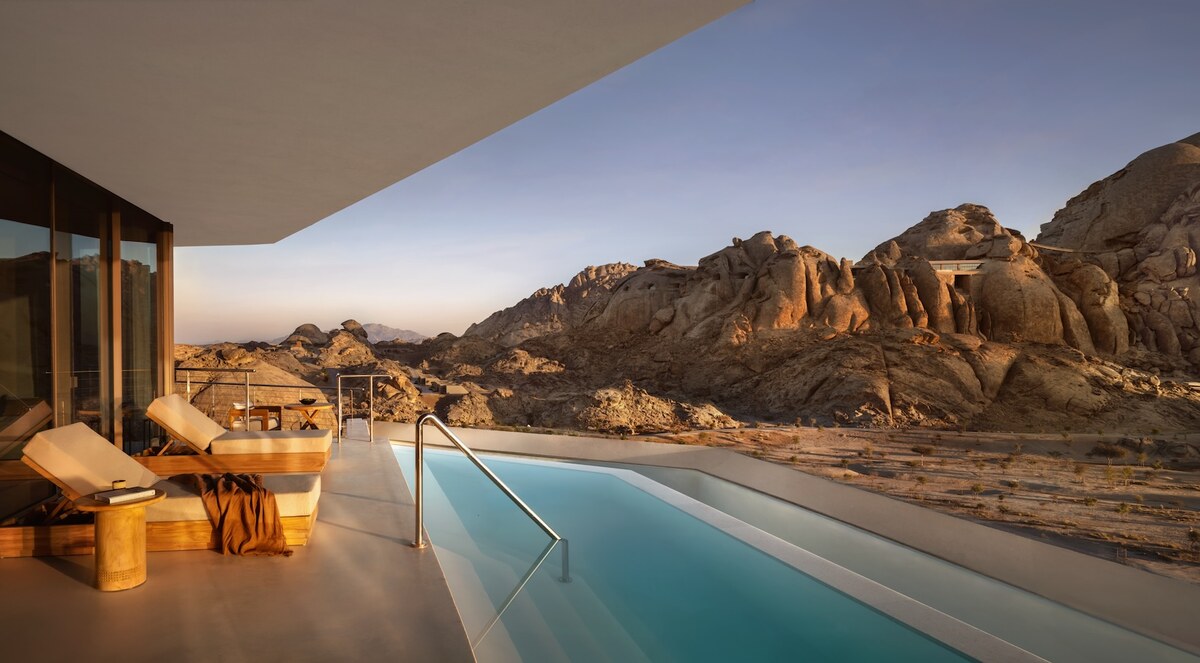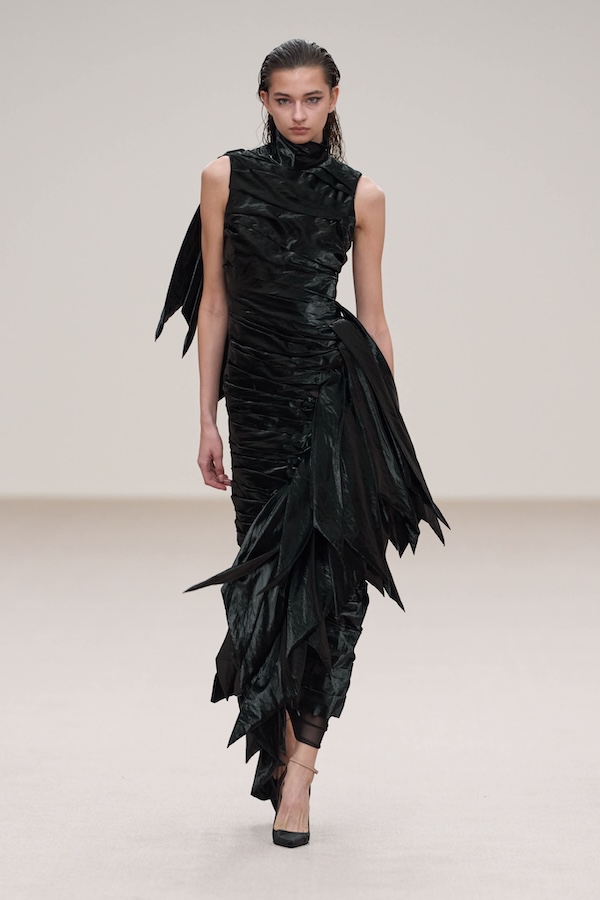RIYADH: On Feb. 8, the auction house Sotheby’s will host “Origins” in Riyadh. The sale is billed as “the first international auction in Saudi Arabia’s history.” Many of the lots have already been on display in the accompanying week-long exhibition in Diriyah’s Bujairi Terrace, which ends tomorrow.
Here, Ashkan Baghestani, Sotheby’s head of contemporary day sale, contemporary art, New York and Middle East, talks us through some of the highlights from the artworks up for sale in “Origins.”
Abdulhalim Radwi
‘Untitled’
He played a crucial role in the development of Saudi modernism, alongside Mohammed Alsaleem and a few others. He was actually one of the first artists to be sent abroad by the Kingdom to study in Europe, and he’s one of the rare artists who blends European traditions like cubism and expressionism with Saudi traditions. Personally, he’s one of my favorite Saudi modernists — maybe because of his European influences. This particular work hasn’t actually been seen since the Eighties. It was acquired directly by the current owner from the artist himself. We selected this one from a few others we were offered because we felt it really described Saudi culture and the color palette is quite rare for Radwi. You see a lot of his work with blue hues or green tones, but rarely with red.
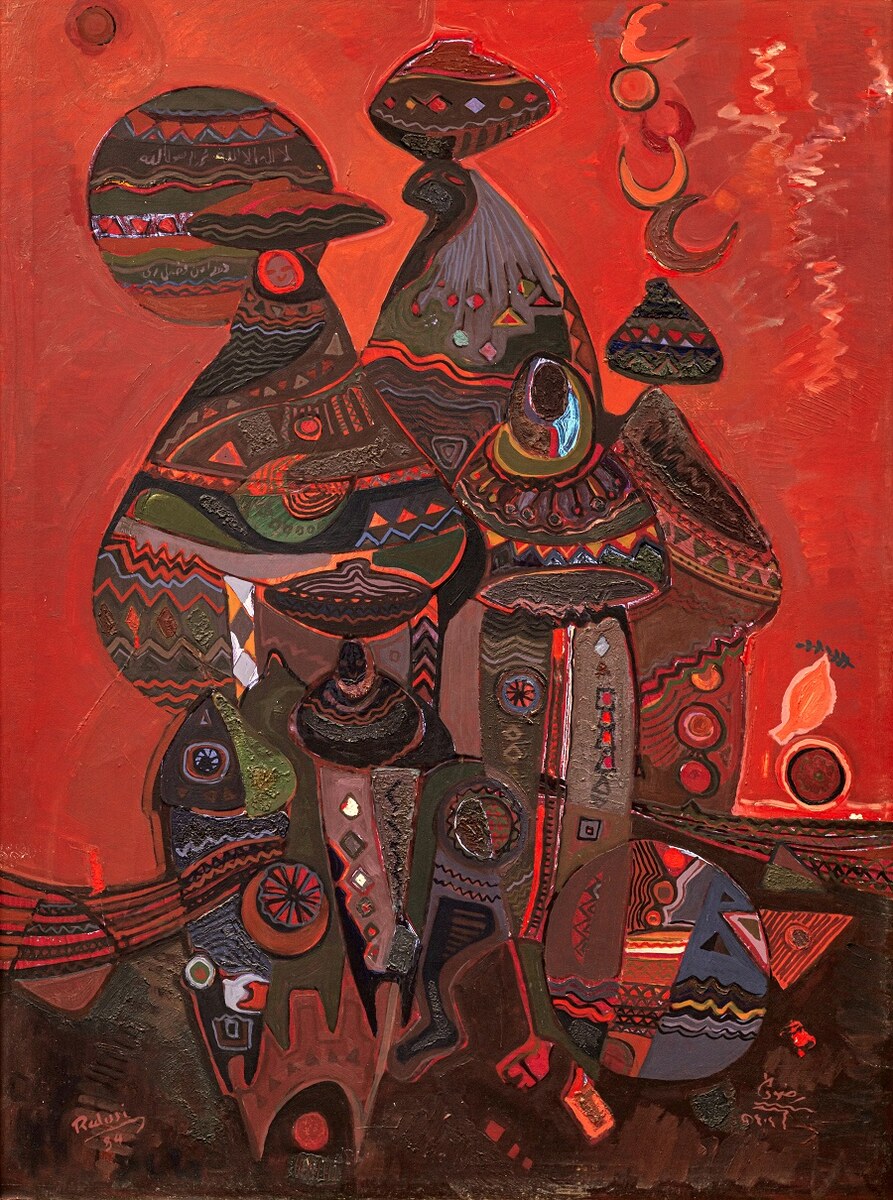
Abdulhalim Radwi, Untitled (estimate $150,000-200,000). (Supplied)
Monir Farmanfarmaian
‘Variations of Hexagon’
No one created works like Monir — blending Western abstraction with Persian traditions — she’s so distinctively unique; a lot of her practice and technique was very much informed by traditional Persian craftsmanship that you would find in mosques and palaces from the Safavid era up to the Qajar era. The specific technique is called aina-kari, which is mirror work. So she brought some of these sophisticated American techniques of construction and building and architecture and sculpture into traditional Persian craftsmanship with mirror works like this one.

Monir Farmanfarmaian, Variations of Hexagon, 2008 (estimate $120,000-180,000). (Supplied)
René Magritte
‘L’État de Veille’
Magritte may be the most celebrated European surrealist of all. He’s broken records season after season. He’s of Belgium origin. He died in 1967. This work is from 1958, so later in his career, but very much informed by his most iconic motifs — the architectural blend with the environment. This is a gouache that depicts the bright blue skies dotted with cottony clouds, and what seem very close to old Belgian facades. And there’s always this idea of trompe l’oeil with Magritte, where you’re not really sure what you’re looking at or when you’re looking at it.

René Magritte, L'État de veille (estimate $1,000,000-1,500,000). (Supplied)
Refik Anadol
‘Machine Hallucinations: Mars’
Anadol embraces new technology, but his works are deeply human-centric, exploring emotions and the interplay between people and their environments. “Machine Hallucinations” is his best-known body of work. He collaborated with NASA, feeding millions of pictures from satellites and spacecraft of deep space into an algorithm which generated these images that are constantly morphing and transcend any understanding of what we’re seeing. They’re extremely abstract. They’re also very spiritual. They’re constantly in flux. This one is blends images from the International Space Station, the Hubble Telescope, and the Mars Reconnaissance Orbiter. One of the reasons I really wanted a digital artwork is that I thought it was a perfect nod to a country that’s heavily invested not only in many forms of traditional art but also in the art of the future.

Refik Anadol, Machine Hallucinations Mars (Infinite AI Data Painting), 2021 (estimate $800,000-1,200,000) - in situ. (Supplied)
Louay Kayyali
‘Then What ??’
This is probably the most important iconic Arab modern work ever to come to auction. It’s a very important moment for us and for the market. Kayyali is regarded as one of the most socialist artists in the region, alongside Mahmoud Sabri, and he was really committed to representing ‘normal people.’ He was deeply angered and moved by the Naqba — the exile of the Palestinians — and the title of this painting asks: After the exile, what is left? There’s real psychological depth and a real division in the canvas. On the left, looking at the past, and on the right looking towards God and the future.
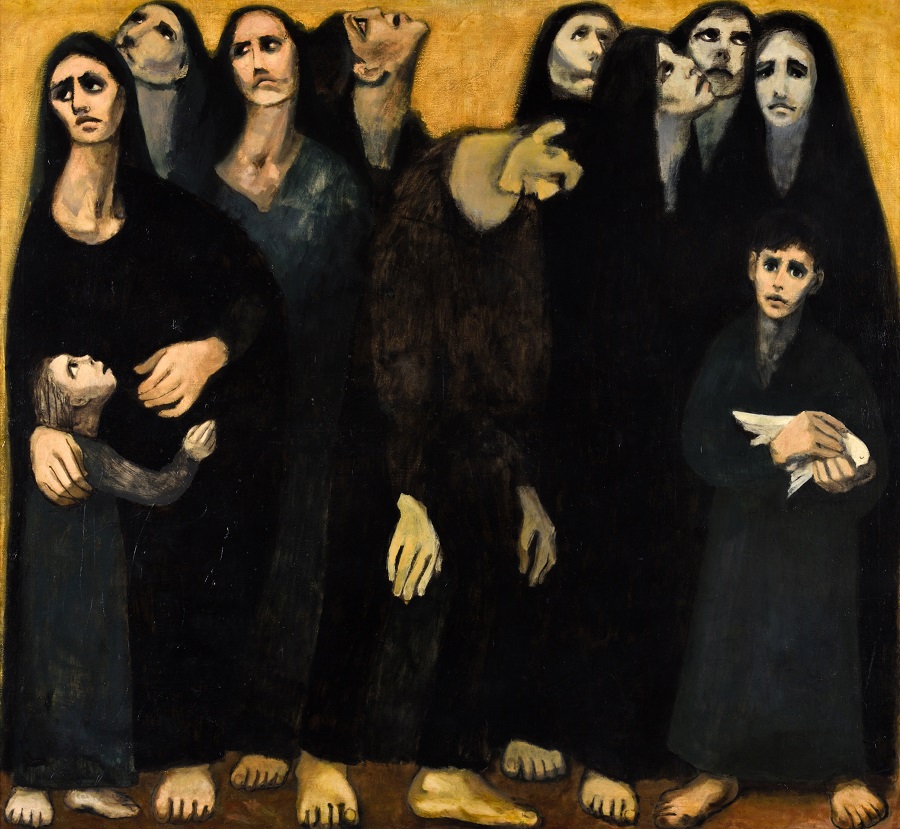
Louay Kayyali, Then What__, 1965 (estimate $500,000-700,000). (Supplied)
Asim Abu Shakra
‘Untitled’
Abu Shakra died aged 28. He painted a cactus most of his life, and his works are always in these earthy colors — greens, browns, gray. They have a certain nostalgic tone to them. And the brush strokes are sudden, they’re very spontaneous. They sort of sit in nothingness. Abu Shakra was living in Israel as an Arab artist, so there’s this analogy of a cactus surviving in arid conditions in the desert, without much help. It doesn’t need a lot of water. It has the needles to protect it from exterior harm. It’s a symbol for dislocation and endurance but also a deeply personal reckoning with the artist’s own mortality. The cactus offered hope because some actually produce flowers when they’re about to die, which is a beautiful analogy.
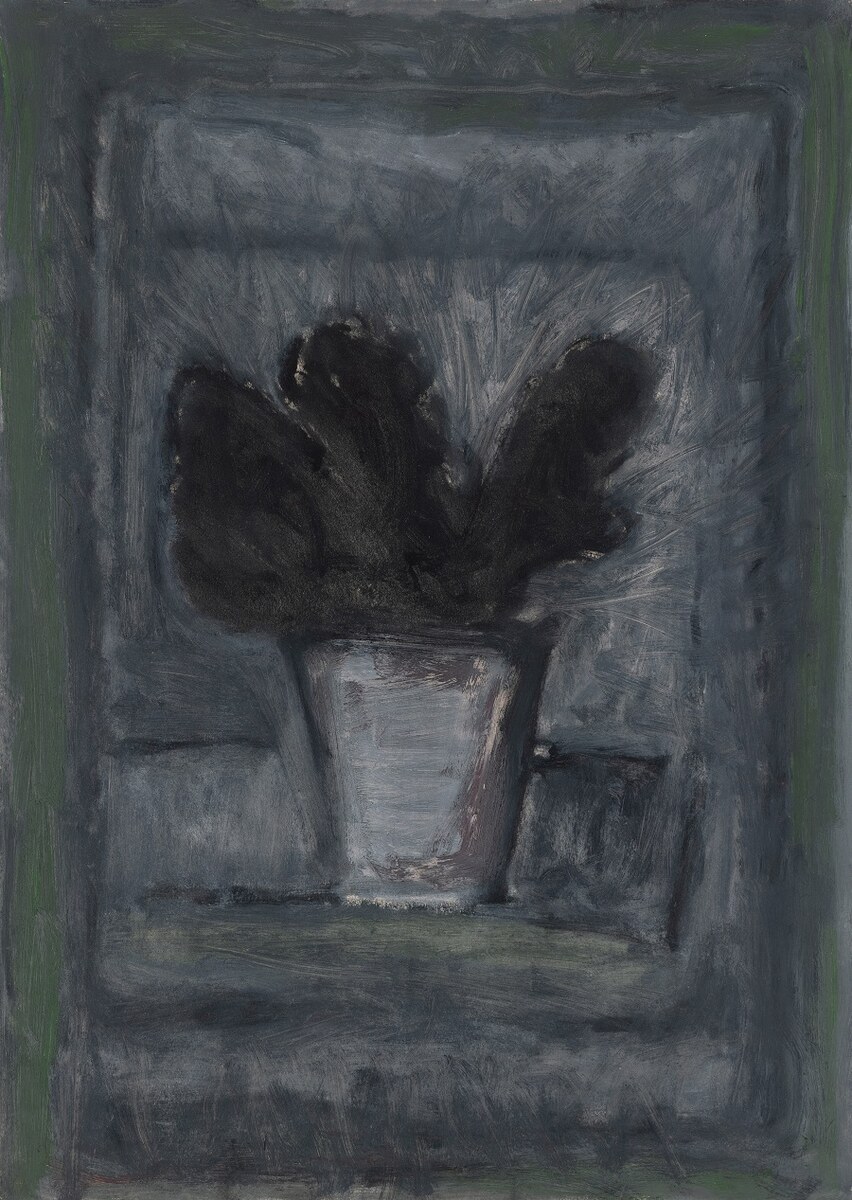
Asim Abu Shakra, Untitled (est. $60,000-80,000). (Supplied)
Fernando Botero
‘Society Woman’
Botero has transcended every generational guideline and every geographical region; he speaks to such a wide audience. His works became iconic in the Nineties. They are easy and playful, but they’re also serious paintings. Botero anchors himself in the tradition of Old Master paintings, but gives them a twist: most of his paintings and sculptures are always a bit inflated. And regardless of the size and the scale, they have an elegant, commanding posture. He showed that even if you’re voluptuous, you can have grace, femininity, confidence and celebrate your fullness. He often highlights the contrast between the soft sensuality of the body and the sculptural qualities of the human form. He really reconsidered conventional ideals of beauty and proportion.
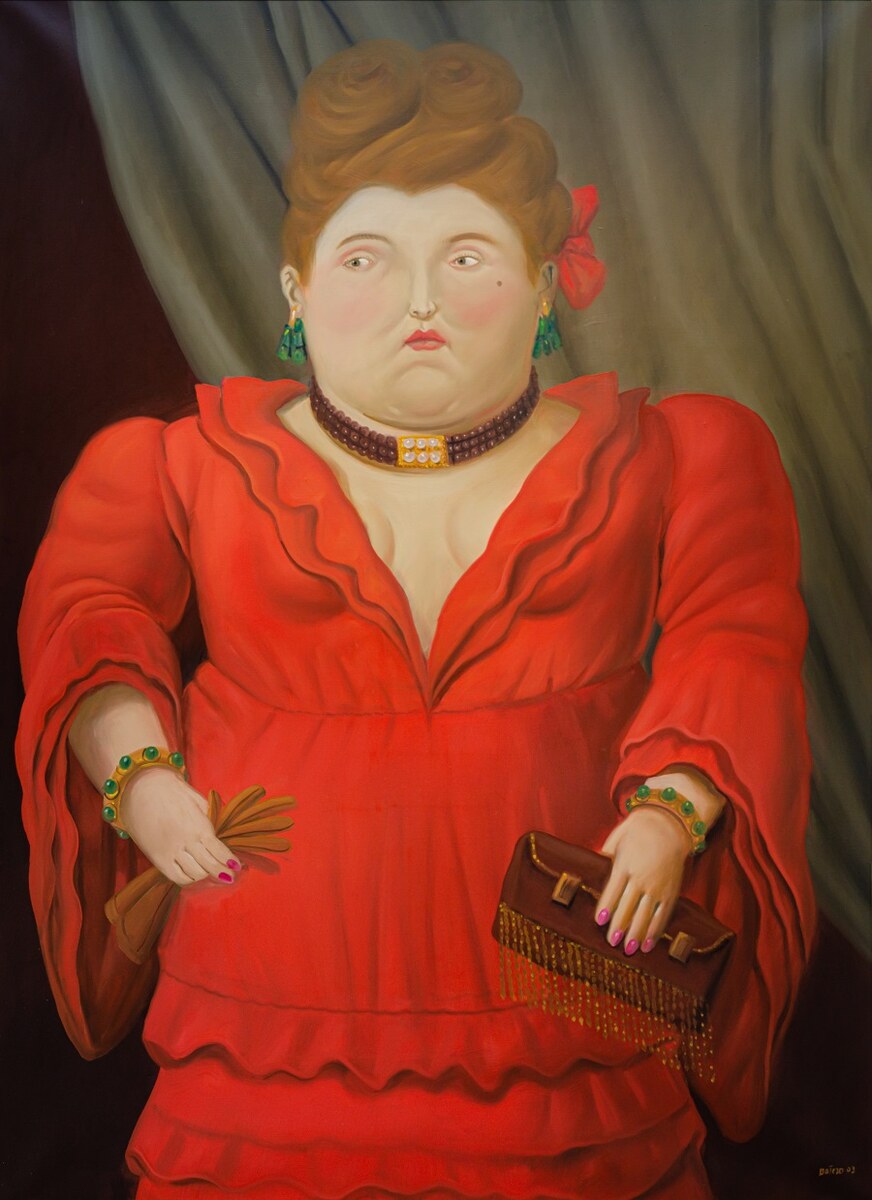
Fernando Botero, Society Woman (estimate $800,000-1,200,000). (Supplied)





